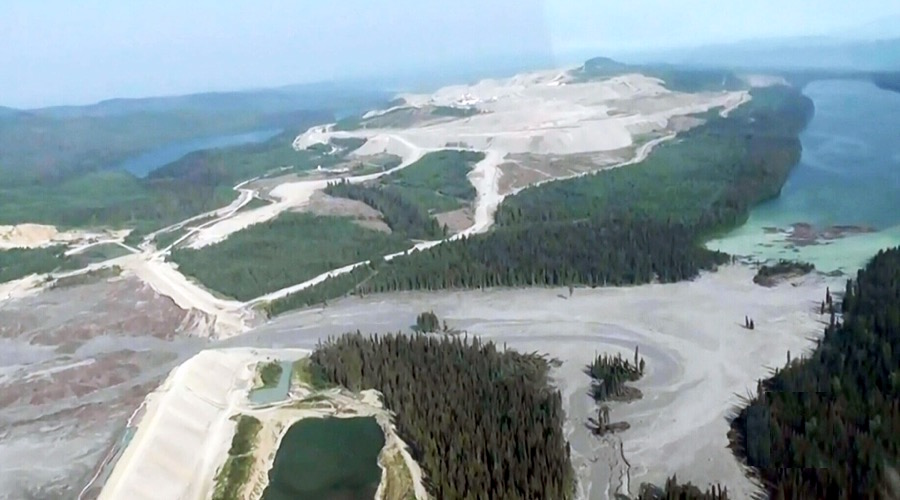UNEP urges mining companies to better manage tailings facilities

The United Nations Environmental Programme released a report titled “Mine tailings storage: safety is no accident,” where the organization urges mining companies to put safety first and avoid erecting dams using methods that are known to be high risk.
“The United Nations Environment Rapid Response Assessment on mine tailings looks at why existing engineering and technical know-how to build and maintain safe tailings storage facilities is insufficient to meet the target of zero catastrophic incidents,” Ligia Noronha, Director of the Economy Division, writes in the report.
Noronha cites disasters such as the Mount Polley breach in Canada in 2014 and the Samarco dam breach in Brazil in 2015, each of which released more than 25 million cubic metres of tailings into the environment, as examples of preventable accidents. “Despite many good intentions and investments in improved practices, large storage facilities continue to leak or collapse.”
The document reveals that some 40 incidents were registered in the last decade. Meanwhile, a database put together by mining technical specialist, David Chambers, and Lindsay Newland Bowker, Director of Bowker Associates, Science & Research In The Public Interest, states these failures have killed some 341 people since 2008, while at the same time damaging hundreds of kilometers of waterways, affecting drinking water sources, and jeopardizing the livelihoods of many communities.
Besides highlighting the consequences of the latest and largest tailings breaches, the UNEP report asks mining companies to make environmental and human safety a priority in management actions and on-the-ground operations by requiring, among other things, detailed and ongoing evaluations of potential failure modes, residual risks and perpetual costs of waste storage facilities.
The agency also proposes the establishment of a UN Environment stakeholder forum to facilitate international strengthening of tailings dam regulation; the creation of an accessible public-interest, global database of mine sites, tailings storage facilities and research; the funding of research into mine tailings storage failures and management of active, inactive and abandoned mine sites; the expansion of mining regulations to include independent monitoring and the enforcement of financial and criminal sanctions for non-compliance; the enforcement of mandatory financial securities for life of the mine; the establishment of a global financial assurance system for mine-sites and the funding of a global insurance pool, among other recommendations.
The findings and proposals in the UN report were endorsed by organizations such as the London Mining Network, Earthworks, MiningWatch Canada, and Amnesty International Canada.
In a press release, Amnesty’s Business and Human Rights Campaigner, Tara Scurr, dubbed the UNEP assessment “a welcome acknowledgment of the importance of tailings storage safety in the protection of human rights.” Scurr added that companies “must not be permitted to short-cut their human rights responsibilities for the sake of cost, nor governments abdicate their human rights obligations when approving and regulating tailings storage facilities.”
More News
{{ commodity.name }}
{{ post.title }}
{{ post.date }}



Comments
Dylan Elek McFarlane
Engineering and technical know-how is sufficient to prevent failures, but not when costs are a factor, and costs will always be a factor. Dry stack, paste fill, and downstream dam construction are very safe, but very costly TSF strategies. Longer return periods for maximum precipitation/seismic events should be included in policy recommendations. Zero catastrophic incidents would be a better goal than zero-failure. Financial securities must be evaluated in more detailed; ex: letters of credit (industry norm) are insufficient protection.